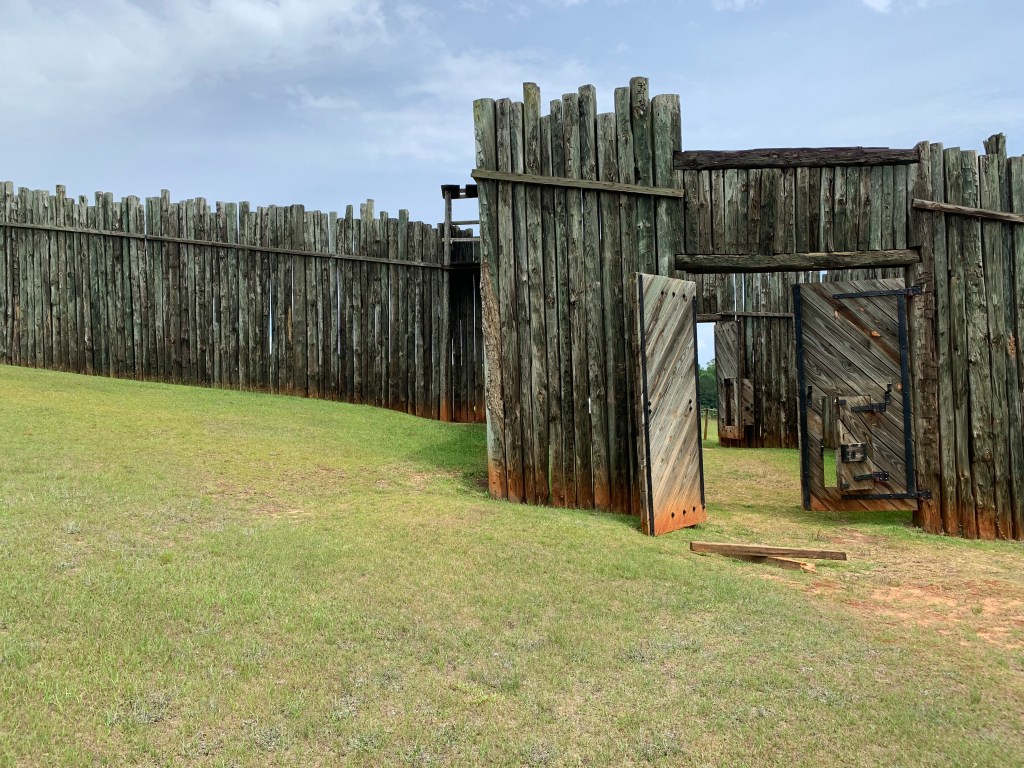
Grant was a quiet, thoughtful man who was sometimes taken advantage of by others, developed strong moral convictions and enjoyed travel. He was also the leader who saved the Union in battle and in his Presidency.
While he served in the war with Mexico, he correctly deduced that it was “a wicked war” waged to expand slavery by taking territory from a neighbor in the midst of internal conflicts. After leaving the military to be with wife and kids, he somehow wound up owning a slave, most likely received from his father-in-law, and Grant freed him. His father-in-law kept his other slaves, until they escaped during the Civil War. Unlike some Union generals, Grant advanced African American units as key to victory.
I have now visited a number of his battlefields, but here at his (and his in-laws’) home his views are made clear. Grant clearly attributed the cause of the Civil War to slavery, and as President he fought hard for African American rights, establishing the precedent of sending in troops to protect African Americans being terrorized by racists including the KKK. Grant was often underestimated, even by historians, but in life he counter-attacked aggressively, and in history his core views have proven to be right.








